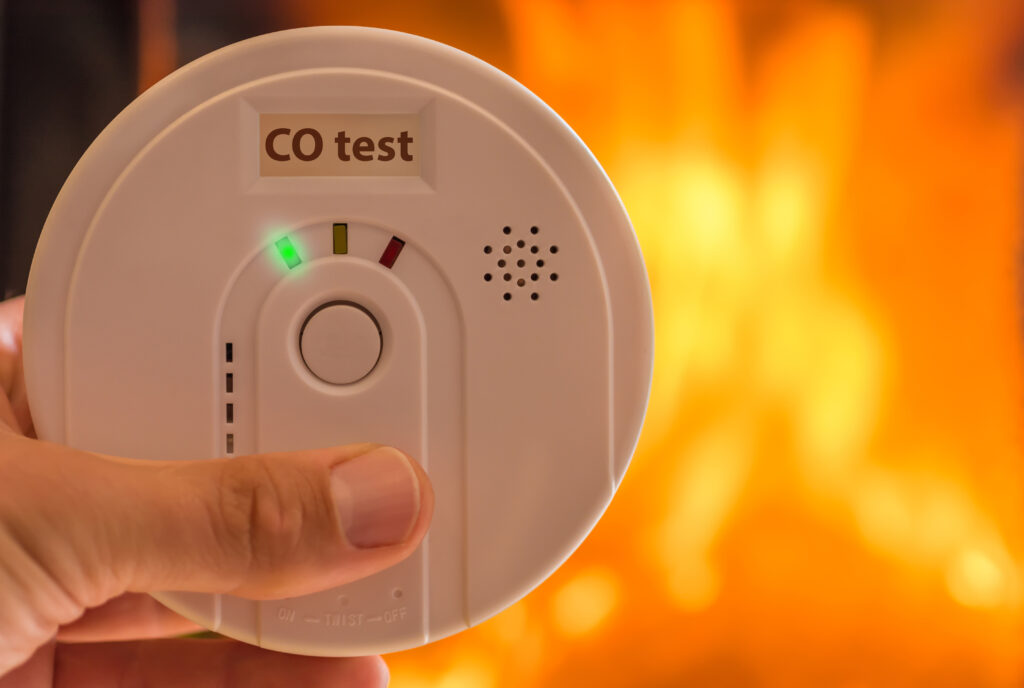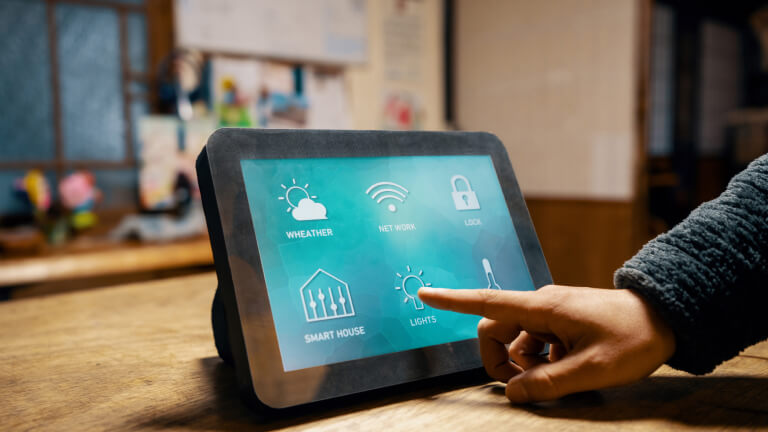3 Features to Look for in a Carbon Monoxide Detector

Every day we are exposed to carbon monoxide gas from the burning of carbon-based fuels including coal, kerosene, natural gases, oil, propane and wood. Typically, this toxic gas would be expelled out of the home through vents, but it doesn’t always happen. The Centers for Disease and Control estimates that 2,244 people died between 2010 and 2015 due to unintentional carbon monoxide poisoning.
Carbon monoxide cannot be seen, smelled or tasted. A carbon monoxide detector helps protect you and your property by detecting carbon monoxide leaks before they become lethal. Basic carbon monoxide detectors cost as little as $20. Since it’s critical that this gadget not let you down, we cover the basic features you should consider when buying a carbon monoxide detector.
Combination smoke and carbon monoxide detector
Homeowners often do not see the need for smoke detectors because they think the presence of fire will be obvious. However, most fire victims succumb due to inhaling smoke as opposed to the fire flames or heat. A smoke detector is helpful should a fire start while you’re out or when you are asleep.
Smoke alarms can use either photoelectric smoke detection or ionization detectors. As the name suggests, the former uses light sensors. When smoke particles break the beam of light, the alarm is triggered. In ionization smoke detectors, an electric current passes between two diodes. Interruption of this electric current by smoke particles triggers the smoke alarm.
On the other hand, carbon monoxide detectors use electrochemical sensors, biomimetic sensors, or metal oxide semiconductors. Electrochemical sensors feature electrodes submerged in a solution. Once the carbon monoxide levels in your home exceed a specific limit, the electrodes sense a change in electrical currents and trigger the alarm. Biomimetic sensors have a gel that changes color when it absorbs carbon monoxide. The color change sets off the alarm. In a metal oxide semiconductor, excess carbon monoxide lowers the gadget’s electrical resistance, which triggers the alarm.
You can buy a combination of a smoke and carbon monoxide detector such as the Kidde carbon monoxide detector, which saves you money and space. You only need to test and change the batteries on one device instead of two. However, remember to look out for the device’s end-of-life warnings and ensure that it meets the third-party standards. Battery operated devices have a lifespan of about two to three years, while hard-wired ones can last for up to 10 years.
Interconnected carbon monoxide detector
In some instances, you can connect all the carbon monoxide detectors so that they all go off when one is triggered. By interconnecting these devices, you can meet the building codes in your area without physical wiring. It can also be helpful if you have a big home, so you will hear the alarm going off in a different part of the house. The downside of such a system is that it will be hard to know what part of your house triggered the alarm.
Smart device integration with carbon monoxide detectors
The best carbon monoxide detector on the market today can be interconnected with the smart devices in your home. You can download an app on your smartphone through which you connect to your smart carbon monoxide detector. If there’s carbon monoxide detected, not only will the alarm go off, but you will also receive a notification on your phone. Most smart carbon monoxide detectors will inform you of the location or room affected and instruct you on how to respond. For example, it could prompt you to call 911 if the situation is severe, or just to open a window and contact non-emergency services for a minor problem.
You can also connect your smart carbon monoxide and smoke detector to your home’s thermostat. Once this device is triggered, it prompts the thermostat to turn off the HVAC so that the poisonous gas or smoke is not sucked into the unit and circulated throughout your house.
Smart device integration means that you are assured of your home’s safety even when you are far away. You will also receive a notification on your phone should the device get deactivated. Unfortunately, the unit and installation costs of these devices are usually high.
Frequently asked questions
Do I need a smart carbon monoxide detector?
If you spend significant time outside of your home, adding a smart carbon monoxide detector allows for remote notifications if something goes wrong. If you’re strained for cash and you are mostly home, you can do with a conventional detector.
What’s the best carbon monoxide detector placement?
Carbon monoxide detector placement is critical for it to be effective. The Environmental Protection Agency (EPA) recommends that you install your carbon monoxide detector at most five feet above the ground. This is because carbon monoxide easily blends with the air in your home and rarely rises. If you are installing only one carbon monoxide detector, install it close to the sleeping area and ensure that its alarm can wake you.
Where can I buy a Kidde carbon monoxide detector?
Apart from their website, you can buy Kidde carbon monoxide detectors (and other similar brands) from approved outlets, including Amazon, Grainger, HD Supply and Home Depot, among other stores.
What should I do if my carbon monoxide alarm goes off?
If your carbon monoxide detector goes off, let fresh air into the building by opening all windows and doors. Turn off any fuel-burning appliances and go outside with your household and pets, even if you feel fine. Do not go back into the house until the source of the leak has been fixed, which means you might have to call 911 if you cannot fix the leak yourself. Make sure every member of your family knows how they should react should the alarm go off.
What are the maintenance requirements of carbon monoxide detectors?
Carbon monoxide detectors need regular maintenance to ensure they work optimally. For starters, test and clean the device once a month. Refer to the manufacturer’s instructions on what the alarm should sound like, as well as how often you need to replace the batteries.



